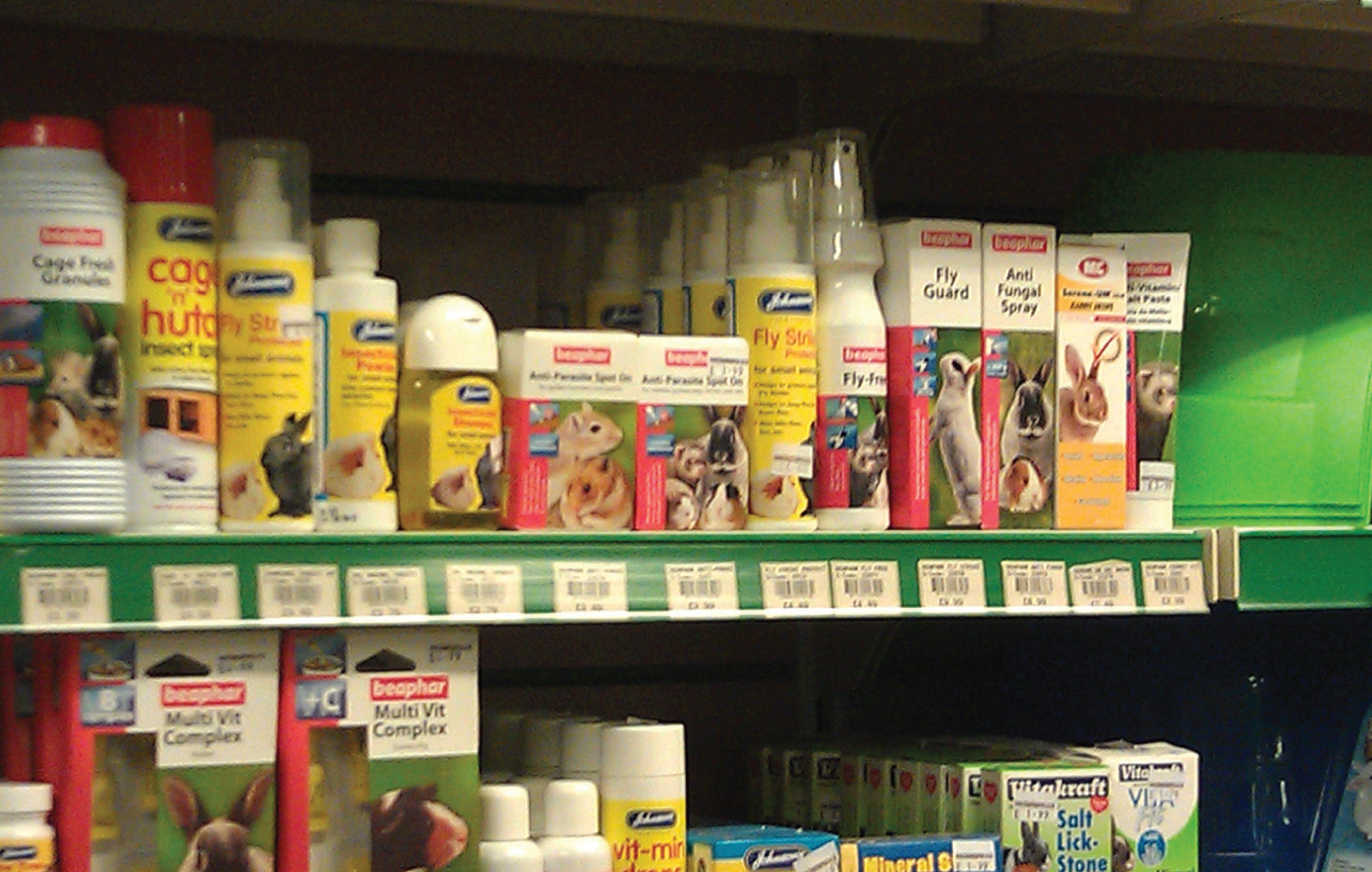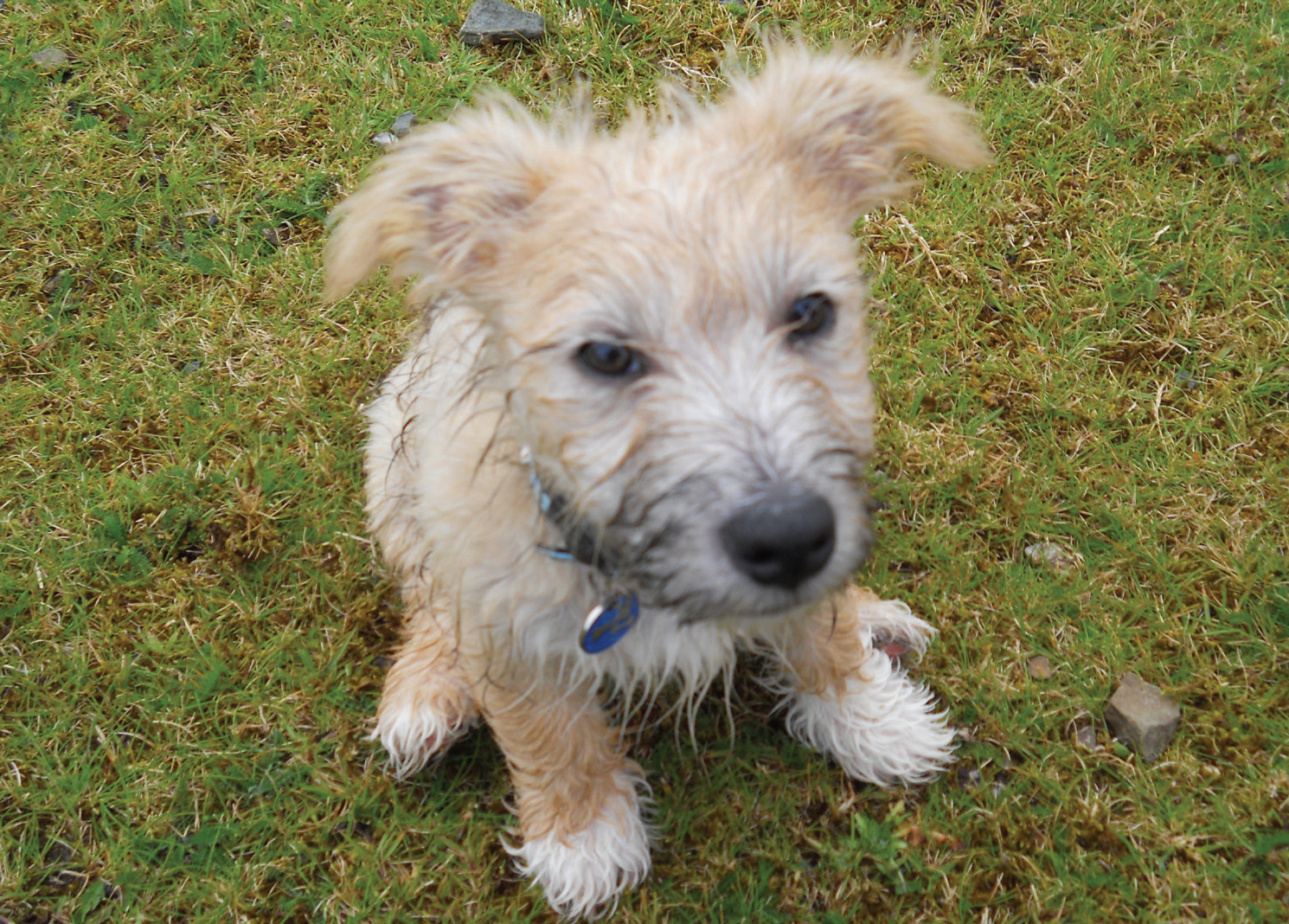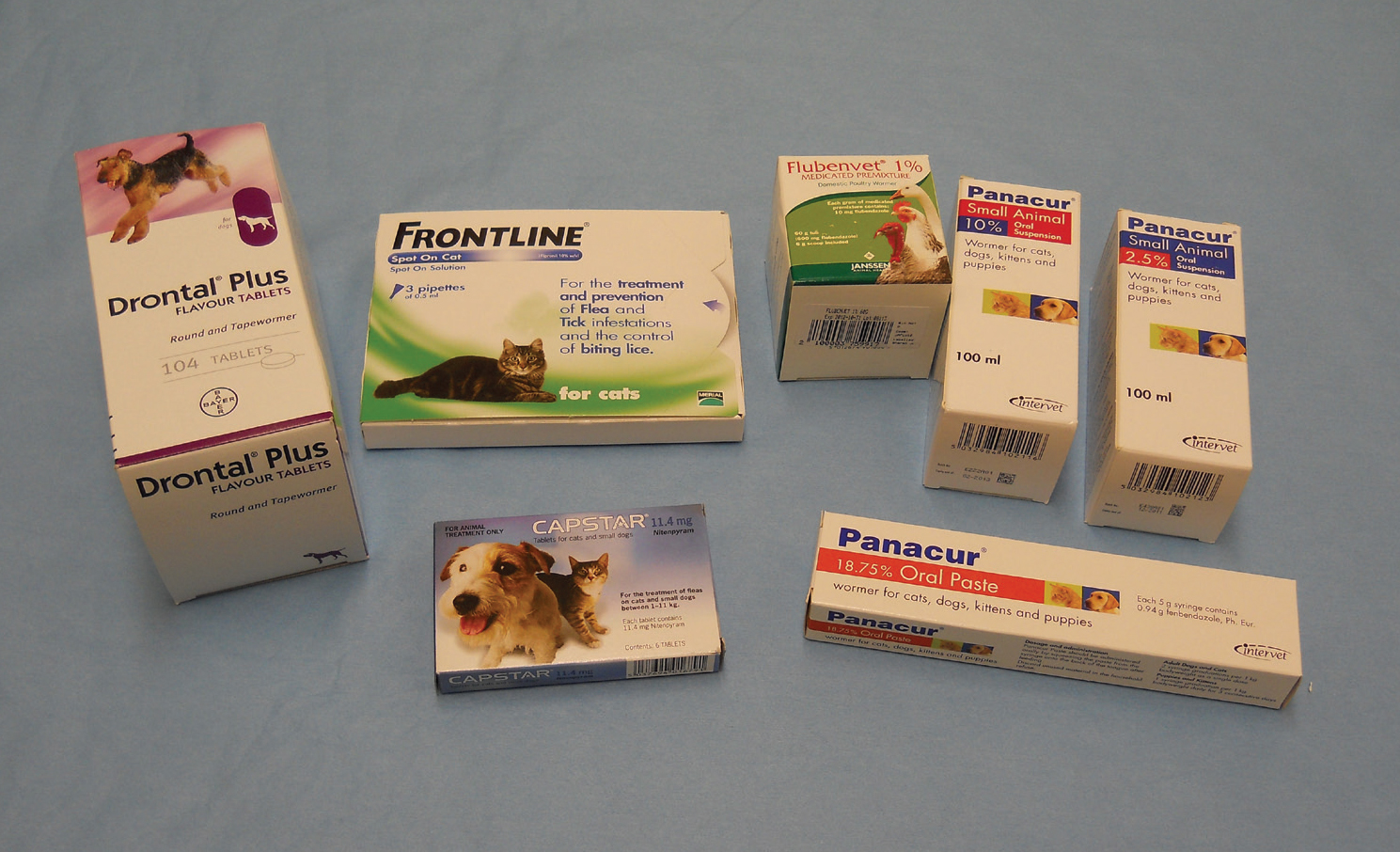The Suitably Qualified Person (SQP) qualification in the UK has been in place since 2009. The qualification came into practice when the Veterinary Medicines Act 2005 replaced The Medicines Act 1968 (Animal Medical Training Regulatory Authority, 2013). Subsequent consultations have looked at the introduction of further classifications such as the Prescription Only Medication — Extended Administration (POM-EA) for long-term use of parasite control, but through pressure from professional bodies the system has remained the same since its introduction in 2005 (British Veterinary Association, 2013a). It has given rise to more outlets being able to supply preventative treatments (mainly anthelmintics) to owners, pet owners and farmers. There has been much recent debate about whether this has directly increased the level of resistance to these active ingredients, or whether better understanding of resistance needs to be increased between all of those bodies that are able to prescribe (British Veterinary Association, 2013a; Over the counter, 2013).
The role of SQP veterinary nurse in practice
It is useful for nurses in small animal practice to have the SQP qualification in order to prescribe appropriate medicines for animals. The SQP qualification is regulated by the Animals Medicines Training Regulatory Authority (AMTRA) and requires annual retention fees alongside continued professional development (CPD) that has been approved by AMTRA. Many anthelmintics are Prescription Only Medication — Veterinary, Pharmacist, SQP (POM-VPS) or Non-Food Animal — Veterinary, Pharmacist, SQP (NFA-VPS) category which can therefore be prescribed by a veterinary nurse with the appropriate SQP qualification.
Many pet owners purchase their pet's anthelmintics cover from supermarkets, chemists and pet shops due to convenience and in some cases the misconception that veterinary practices are expensive and that the veterinary surgeon will have to see the pet in order to dispense (Figure 1). It is important to convey to clients that over-the-counter medications from veterinary practices can compete on price and convenience with the added bonus of professional veterinary advice regarding preventative pet health care.

Nurses that conduct clinics will find it is exceptionally helpful to hold the qualification so that appropriate anthelmintics can be prescribed without the need to consult the veterinary surgeon, for example puppies and kittens presented to the practice before their primary vaccination course, that have not yet seen a veterinary surgeon to authorise a Prescription only medication — veterinary (POM-V) prescription for anthelmintics. Puppy and kitten clinics should be highly promoted in the practice as the potential new clients attending these are not just good for business but also the clinic provides the best opportunity to start educating new pet owners on preventative healthcare (Figure 2).

As the person prescribing the medications one of the specifications is that it should be confirmed with the owner that they are able to administer the medications that have been prescribed prior to dispensing. In some cases a different format of medication, spot-on instead of tablets, can be of utilised. Compliance and return of business is an important role of the SQP nurse, and adding in increasing footfall to the practice is vital. Accurate weighing of the animal should occur at each presentation to the practice, and the SQP nurse should also give the pet a physical examination, and provide appropriate advice.
Why are VNs not automatically SQP qualified?
The SQP qualification is a Level 4 qualification, and although the veterinary nurse qualification does include one Level 4 unit on professional regulation, in order for the veterinary nurse qualification to also include the companion animal element of the SQP qualification extra units would need to be added in to an already very full syllabus. In the examination the questions to the SQP qualification would have to be set in an extra exam as they cover elements that are not currently covered in the veterinary nurse qualification and at this higher level.
In the SQP examination there are numerous questions covering the regulations of prescribing and dispensing, storage of medications and legislation of pharmaceuticals. The current examination process includes multiple choice questions (where negative marking is utilised) and a second paper where essay style questions are set. After the written examination, candidates are assessed for their professional competence as SQPs, which is undertaken by an AMTRA assessor appointed for that purpose in a one-to-one 10–15 minute oral (viva) examination. The specific purpose of the assessment is to establish that the candidate has competence in knowledge, understanding and interpretation of the legal and professional responsibilities of SQPs, of the relevant parts of the Veterinary Medicines Regulations 2011 (HMSO, 2011) and the Royal College of Veterinary Surgeon's Code of Professional Conduct for Veterinary Nurses 2012 (Royal College of Veterinary Surgeons, 2012) or of other germane legal and professional requirements.
The current veterinary nurse syllabus does cover the healthcare issues of parasite control and preventative diseases, and this is why qualified VNs can ‘top up’ to the SQP qualification rather than have to take the full examination. Qualified veterinary nurses have already demonstrated knowledge of anatomy and physiology, health care, nutrition and other elements, and are therefore not as rigorously examined on these aspects. The conversion course enables veterinary nurses to become C-SQP (companion animals only), if veterinary nurses wish to be SQPs for other species they will need to take the SQP modules for these species.
Not all qualified veterinary nurses require the use of a SQP qualification, it is a minority of veterinary nurses that do, and therefore it would be unfair for the majority of veterinary nurses to undergo the extra examinations and enforced SQP specific CPD when it is not relevant to their role. The SQP qualification is something to aspire to post qualification if the job role requires it, similarly with post qualification certificates in specialised areas.
CPD for C-SQP veterinary nurses
There have been problems in the past where veterinary nurses find it difficult to achieve the amount of relevant AMTRA approved CPD for the SQP qualification. Veterinary nurses undertake 45 hours of CPD over 3 years, but most is not relevant to the SQP role, or at a sufficient taught level. In recognition of the special circumstances of veterinary nurse SQPs, veterinary nurses can claim half of their AMTRA CPD points obligation from veterinary nursing CPD provided it meets the following criteria:
- A copy of a certificate of attendance is provided, and
- The SQP confirms that in their view the CPD was supportive of their SQP role.
AMTRA informed all veterinary nurse SQPs of this in May 2012, and supply veterinary nurses with a yellow/orange CPD card where this CPD can be recorded.
There are still instances where C-SQPs are undertaking CPD not relevant to the role (e.g. liver fluke in cattle), and these points are being counted towards the C-SQP AMTRA requirements. There are more opportunities for C-SQPs to get good quality CPD points with the BVNA having more AMTRA approved CPD at congress each year, and with more journals and publications having AMTRA points for completing multiple choice questions (MCQs) on read articles. There are thoughts that all CPD for the veterinary profession needs to be more closely regulated, similar to the format that Veterinary Technicians in the USA have to undertake continuing education (CE) that is scored on depth of the material taught and the length of the course/article. A specific number of points need to scored each year. Veterinary Technicians that have a speciality (VTS) need to undertake extra CE specific for that VTS.
SQP medications
As a C-SQP only medications that fall into the POM-VPS and NFA-VPS can be prescribed to animals classed as companion animals (cats and dogs). Most of these medications are anthelmintics, and the NFA-VPS category will contain the majority of medications that a C-SQP can prescribe, as companion animals will be classed as non-food producing animals. Likewise the POM-VPS category will contain the majority of the medications that food producing animals will require for preventative health treatments. Currently the active ingredients that C-SQPs can prescribe include fipronil, pyrantel embonate, praziquantel, febantel, imidacloprid, fenbendazole, deltamethrin, and cyromazine as these ingredients (National Office of Animal Health, 2013) are used in many products and most practices would only stock one of each this leaves about five or six products that most veterinary practices would stock that C-SQPs could prescribe (Figure 3).

Difference between prescribing and dispensing
There is a vast difference between prescribing and dispensing, and everyone working in the veterinary profession needs to be aware of these differences. Only veterinary surgeons, SQPs or pharmacists can prescribe the relevant medications in the specific category. In order to dispense veterinary nurses can only ‘hand over’ medications when the prescriber is in the premises and in a position to stop the ‘handing over’ of medications if a problem arises. Alternatively, the person prescribing the medication can check that the product has been dispensed correctly (correct label on correct product, correct dosage of medication etc), prior to the handing over. The person handing over the medications needs to be deemed competent by the prescriber to undertake this task. As with the monitoring of anaesthetics there is no standardised format in which to deem someone competent in these specific tasks, but using the VN syllabus for anaesthetics and the SQP syllabus for dispensing would be ideal. Veterinary practices should hold a list of named persons that the veterinary surgeon or SQP deems competent for the specific tasks.
It is the responsibility of the person prescribing the medication to ensure that the owner is competent in administration, that the owner understands the requirement for the medication and that they agree on the requirement, that the side effects of the medications are explained and the dosage regimen.
It is vital when medications are handed over that the client confirms who they are. In the same way that when someone's name is called in reception the wrong person can stand up, the wrong person can present when medication is handed out. As in human pharmacies, getting the client to confirm the first line of their address can be useful in confirming that you are giving the correct medication to the correct person.
All dispensed medications need to be dispensed in their specifically designed containers that include all relevant data regarding the medication; if dispensed into another container then this information must also be given (Veterinary Medicines Directorate, 2013). This will involve photocopying or printing out the relevant information sheet for that active ingredient. There are websites that can provide these information sheets, e.g. www.vetformulary.com or www.bsava.com.
Conclusion
The pharmaceuticals of veterinary practice are very well regulated and good knowledge of these regulations are required by all staff working in these areas. The SQP qualification being more in-depth than the veterinary nurse syllabus is ideal for those nurses that are running the dispensary area within veterinary practice, as it gives a better understanding of these regulations.
Useful resources
www.noah.co.uk
www.vmd.defra.gov.uk
www.vetformulary.com

